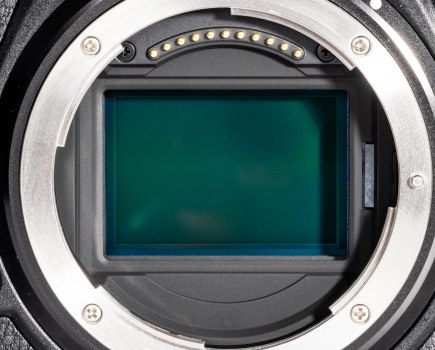Don’t be afraid to use footage that isn’t yours, just be sure to follow our guidelines
Filming on a tight budget may mean that you can’t get access to the footage that you want. Alternatively you may find that a problem occurs after you have filmed and need footage. A good solution to these problems would be to use someone else’s footage, but how do you do it without getting into trouble? Fair use.
Copyright law in the UK is a great tool for creators to protect their work from being used and abused by others but media, whether it’s film, photography, music or literature, can borrow from what’s come before. If it’s deemed legitimate in its reasoning, the inclusion of other people’s work can be stated as ‘fair use’.
What is ‘fair use’?
Fair use is a term to describe the use of copyrighted work without direct ownership in a manner that is new or modified. This type of use wouldn’t infringe on the original work, for example satirical news outlets may use footage of a government press conference to parody people in power. Using the footage from a rival network station without rights is deemed fair use because they have created something new with the old footage that doesn’t affect the original content.
So when can you use fair use as an argument for including other people’s work? As the example above illuminates, you can use it for the purpose of reporting news, for reviews, commentaries, parodies, private and educational use. Most importantly though, you can use it if you’re adding new expression or meaning to the content and the easiest way to do this is if you’re creating a review, parody or argument based on the source material.
Copyright fair use and news videos
If you’re using the footage for news purposes, the work must not be a photograph, the original source must be acknowledged and the amount of footage used or quoted must be no longer than is necessary to illustrate the point.
Copyright fair use and review videos
One way to use footage that isn’t your is if you’re creating a video with the purpose of portraying a commentary, debate or review. Fair use is a great way to make that Game of Thrones reaction video you were making a much more professional affair.
The criteria that must be used for this to happen is similar to that of the news criteria. It constitutes that the source material must be available to the public, the source material must be acknowledged, the material used must be accompanied by an actual discussion or assessment (invoking the review status) and the amount of material must be no longer than is sufficient to make the point.
Copyright fair use and parody videos
Creating a video for the intent of parody is another way to use footage that does not belong to you and can be done without seeking permission. The Intellectual Property Office (IPO) state that use of the footage must be “fair and proportionate”. Users must be careful not to be defamatory, derogatory or libellous.
If what you’re doing has no intent on ticking any of these boxes then feel free to parody but using footage for parody purposes should be done so with caution. This is because there are little to no case law on this and guidelines are still scarce.
Get permission
As a final point, be sure to always gain permission for using your desired footage. If you have a clear case of fair use then you can arguably make do without one but it is good practice to get permission. Not only does this make your project legal, but should you make money out of it, the original author may come looking for a share.
In summary, there are a few different ways where you can use footage that’s not your own and this can allow for some professional looking final cuts. However, be sure to follow our guidelines and get permission.
For more ins and outs of videography, like how to make sure you get paid the right price, check out The Video Mode.








